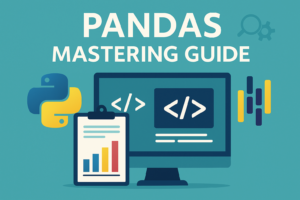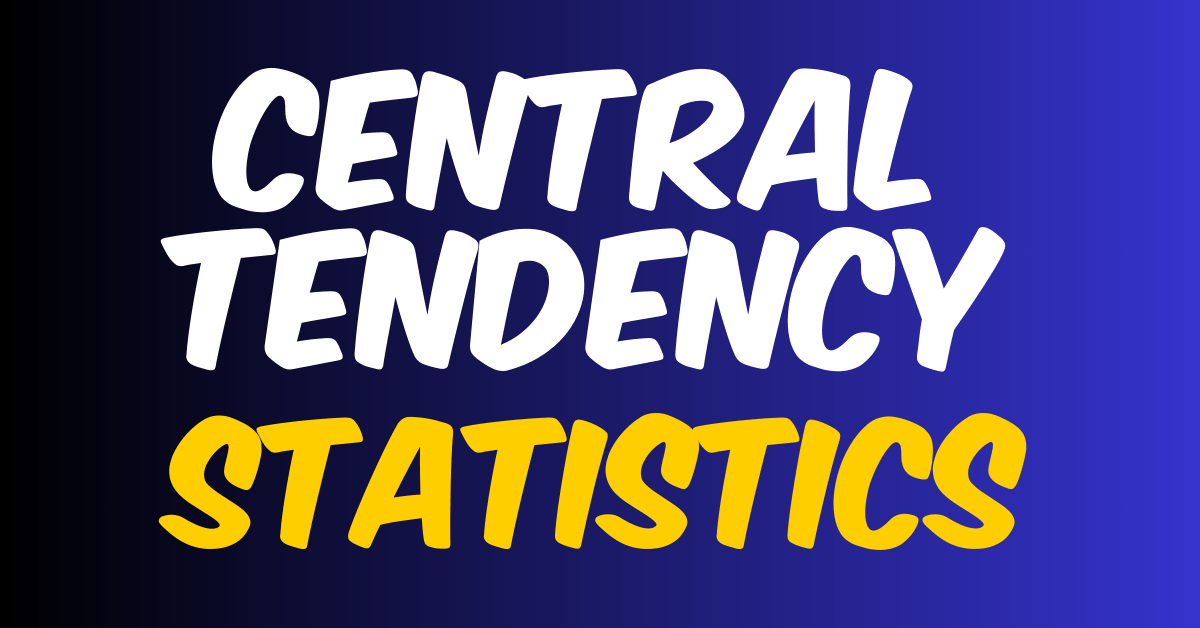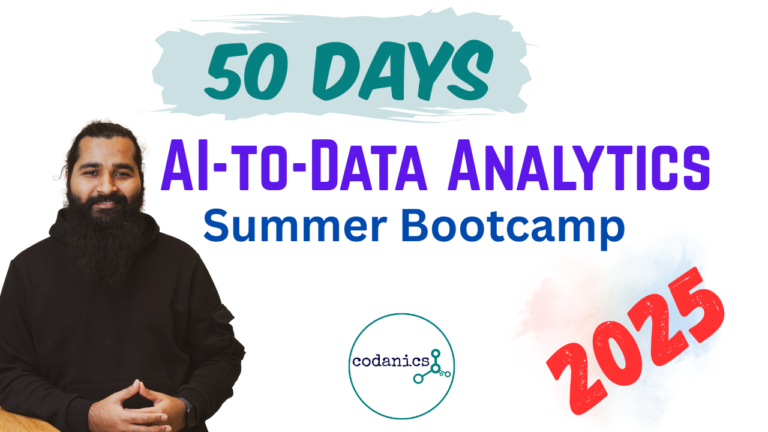Central Tendency: The Compass of Data Science and Statistics 🧭📊
Hello, Data Explorers! Today, let’s embark on an adventure into the world of Central Tendency, a concept that’s like the North Star for statisticians and data scientists. It’s more than just crunching numbers; it’s about finding the story that data tells. So, grab your explorer hats, and let’s unravel the mysteries of Central Tendency together!
What is Central Tendency? 🤔
Central Tendency is a way to describe the center of a data set. It’s like finding the heart of a city, the spot where everything comes alive. In data terms, it’s the point around which the data clusters. Think of it as a way to summarize a whole lot of numbers with just one value that represents them best.
The Big Three of Central Tendency 🌟
Mean (The Average): Add up all the values and divide by the number of values. It’s like sharing a cake equally among friends. 🎂
Median (The Middle Value): Line up all the values and pick the one in the middle. Imagine standing in a queue and finding the person right in the center. 🚶♂️🚶♀️
Mode (The Most Common): The value that appears most often. It’s like finding the favorite ice cream flavor in a group of friends. 🍦
Let’s dive into examples for each of the three measures of central tendency: Mean, Median, and Mode, followed by their respective equations in LaTeX.
1. Mean (Average)
Example: Exam Scores
Imagine a classroom where five students took a math test, scoring 82, 76, 90, 68, and 74 points respectively. To find the average score:
- We add all the scores:
82+76+90+68+74=390
- Then divide by the number of students:
390/5=78
So, the average (mean) score is 78.
Equation for Mean:
\[ \text{Mean} = \frac{\sum_{i=1}^{n} x_i}{n} \]
Here, the mean is calculated by summing all values (\( \sum \)) of \( x_i \) (each individual value in the data set) from \( i = 1 \) to \( n \) (the total number of values), and then dividing by \( n \), the total number of values in the set.
The expression you’re referring to is the formula for calculating the mean (average) of a set of numbers. Here’s how to read and understand it:
- Mean: This is what you’re trying to find, the average of the numbers.
- \( \sum \): This is the Greek capital letter sigma, which is used to denote a sum in mathematics.
- \( \sum_{i=1}^{n} \): This tells you to sum up a series of numbers. The \( i=1 \) at the bottom of the sigma means you start with the first number in your series, and the \( n \) at the top means you continue adding up through the \( n \)th number.
- \( x_i \): This represents each number in your data set. The \( i \) is an index that goes from 1 to \( n \), so \( x_i \) represents each individual number in the sequence.
- \( n \): This is the total number of values in your data set.
So, to put it all together:
- You sum up all the values in your data set (each \( x_i \)).
- Then, you divide this total by the number of values in the set (which is \( n \)).
This gives you the mean or average value of the data set.
For example, if your data set is \( [3, 5, 7] \), then \( n = 3 \) (since there are three numbers), and you calculate the mean as \( \frac{3 + 5 + 7}{3} = \frac{15}{3} = 5 \). So, the mean of this data set is 5.
2. Median (Middle Value)
Example: Home Prices
Consider the prices of seven houses in a small neighborhood: $100,000, $150,000, $160,000, $200,000, $250,000, $300,000, $350,000.
First, we arrange them in order: $100,000, $150,000, $160,000, $200,000, $250,000, $300,000, $350,000.
The median is the middle number, so here, it’s $200,000.
Equation for Median:
There’s no standard equation for the median as it is the middle value after arranging the data in ascending order. However, for an ordered dataset with an odd number of values, the median is the middle value. For an even number, it’s the average of the two middle values.
3. Mode (Most Common Value)
Example: Favorite Fruit
In a survey about favorite fruits, 30 people respond: Apple, Banana, Apple, Orange, Banana, Apple, Grape, Apple, Banana, Banana.
The fruit mentioned most often is “Apple,” making it the mode.
Why Central Tendency Rocks in Data Science and Statistics 🚀
- Simplicity: It simplifies complex data sets into understandable figures.
- Comparison: Makes it easy to compare different sets of data. Like comparing apples to apples! 🍏🍎
- Decision Making: Helps in making informed decisions based on data trends.
- Foundation for Further Analysis: Serves as a stepping stone for more complex statistical analysis.
Real-Life Example: Central Tendency in Action 🏙️
Imagine the city of Lahore. You want to understand the housing market. By calculating the mean and median prices of homes, you get a clear picture of the market, guiding potential buyers and policymakers.
- Mean Price: Gives you the average market price, but it might be skewed by extremely high or low values.
- Median Price: More robust, as it’s not affected by outliers. It shows the middle market price, offering a realistic snapshot for homebuyers.
The Quirks and Perks of Central Tendency 🎭
- Mean: Can be skewed by outliers (like a billionaire moving into a neighborhood).
- Median: Great for skewed distributions (think wealth distribution).
- Mode: Perfect for categorical data (like survey responses).
Conclusion: Your Statistical Compass 🧭
Central Tendency isn’t just a statistical tool; it’s a way to make sense of the world through data. Whether you’re a budding data scientist, a statistician, or just a curious soul, understanding central tendency is crucial. It gives you a clear direction in a sea of numbers, helping you navigate the complex but fascinating world of data.
So next time you’re lost in a whirlwind of data, remember the power of central tendency – it’s your compass in the realm of statistics and data science!

Why Learning Bioinformatics is Essential for the Future of Science and Healthcare


NLP Mastery Guide: From Zero to Hero with HuggingFace | Codanics

Scikit-Learn Mastery Guide: Complete Machine Learning in Python









I learned about Central Tendency: Mean(Average), Median(Middle value), Mode(Most occuring value)
im very thankful to you sir keep it up .
i read all the article, easy concept and strongly recommend to every body.
done
The central tendency is the key statistics of descriptive analysis in data.
Nicely Defined This Article … Easy to Understand Central Tendency ..
AOA, This statistics blog on “Central Tendency” provides a clear and concise explanation, accompanied by relevant examples and equations. It is informative and easy to understand, making it a helpful resource for readers looking to grasp the fundamentals of central tendency in statistics. ALLAH PAK ap ko dono jahan ki bhalian aata kry AAMEEN.
the blog was nice and so beneficial
This blog is short, easy to understand and informative.
Jazakallah ,,,
Further thanks for honoring my request of large fonts.
Hope it worked
Thank you sir for providing such a great and well explained blog .The examples of Mean, Median, Mode provided in it help to understand the concepts clearly.
Central tendency :::: mean, midian,mode.
median hy no midian
Woh what an example of Central Tendency’s Compas or North Star! very easy to remember forever. Very informative blog
This blog is very easy to understand and very informative. Thank you for this blog.